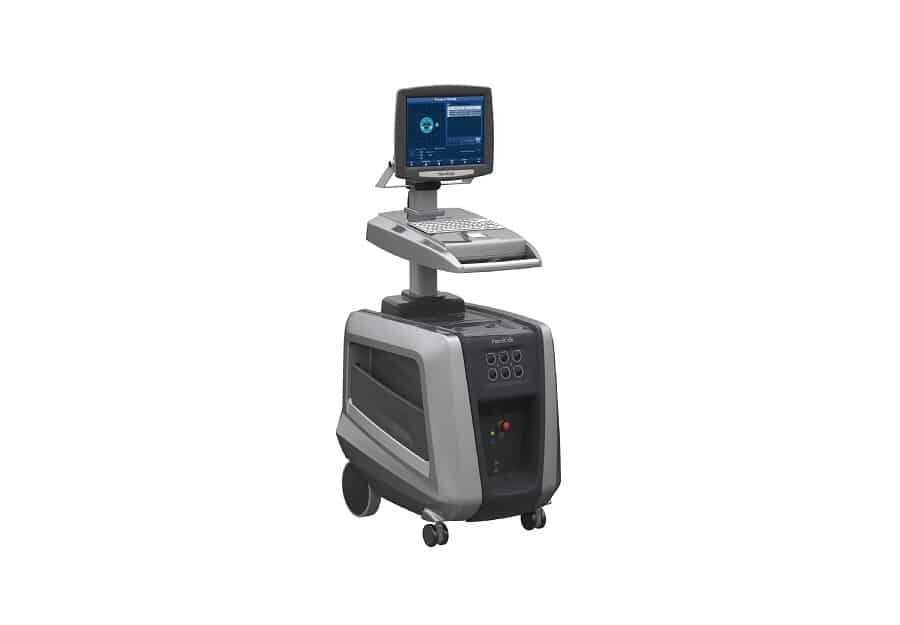Table of Contents
ToggleWhat is nanoknife therapy in pancreatic cancer?
The pancreas, which is in close proximity to many vital tissues and vessels in the body; In the case of cancer, it is among the most dangerous types of cancer due to the rapid spread of the tumor to the surrounding tissues and vessels. When cancer is diagnosed, 85% of patients with pancreatic cancer do not have a chance for surgery. Nanoknife ablation (irreversible electroporation) is a new source of hope, especially for this group of patients.
Contents
What is nanoknife therapy in pancreatic cancer?
What are the advantages of nanoknife therapy in pancreatic cancer?
How is nanoknife treatment applied in pancreatic cancer?
Frequently asked questions about nanoknife in pancreatic cancer
What is nanoknife therapy in pancreatic cancer?
Ablation is the destruction of tumor tissue by means of special needles. For this purpose, heating methods such as radiofrequency, laser and microwave or cooling methods such as cryoablation are applied. These have been used successfully in many organs, especially liver and lung, for years. However, such “thermal” ablation methods are not effective enough in organs such as the pancreas, and they can damage organs such as the pancreas and bile ducts around the tumor, as well as the stomach and intestines. Nanoknife ablation, on the other hand, does not cause such problems as it uses a straight electric current instead of heat to kill the tumor.
What are the advantages of nanoknife therapy in pancreatic cancer?
In many experimental studies and applications performed on thousands of patients, it has been shown that nanoknife ablation does not damage blood vessels and bile ducts, kills tumor tissue around the vessel, and does not cause significant damage to organs such as the gastrointestinal tract. With these features, nanoknife is accepted as the most suitable method in the ablation of pancreatic cancer today.
How is nanoknife treatment applied in pancreatic cancer?
After general anesthesia is given to the patient for the treatment of Nanoknife IRE), exploratory laparotomy (review of organs by opening the abdomen) is performed with an incision made from the midline, following the necessary preparation by the surgical team. By revealing the pancreas and tumor, the area is made ready for IRE application. Afterwards, the Interventional Radiology team is involved in the surgery. The boundaries of the tumor, vessel and canal relations are determined by ultrasonography. Subsequently, several needles are inserted into the tumor in the pancreas. The needles should be placed on the margins of the tumor, parallel to each other and the distance between them should not be more than 2 cm. After making sure that the needles are placed correctly with ultrasound, a very high electric current (up to 3000 Volt / 50 Ampere) is given to the needles in groups of two, and the tumor cells are killed without being destroyed. In this tissue death called apoptosis, unlike tissue death (necrosis) that occurs in other ablation methods, cells lose their vitality but do not fragment. Since the structure of the cells is preserved, no permanent damage occurs in tissues such as vessels, nerves and intestines.
Frequently asked questions about nanoknife in pancreatic cancer
Which patient group would benefit most from nanoknife treatment in pancreatic cancer?
Nanoknife ablation is a method that can kill tumors in this area without causing permanent damage to blood vessels, bile and urinary ducts and nerves in the body. With these properties, it has been used primarily in pancreatic, biliary tract and prostate cancers, but studies are also ongoing in other cancer types. The most suitable patient group in pancreatic cancer, which is one of the most important areas of use of the method, is those who do not have distant metastases but cannot undergo surgery because the surrounding vessels are involved.
What is the effect of nanoknife treatment on quality and duration of life in pancreatic cancer?
In locally advanced pancreatic cancer patients, the nanoknife can kill the surrounding tumor tissue without damaging the involved vessels and make the patients suitable for reoperation or shrink the tumor and increase the survival time.

Leave feedback about this